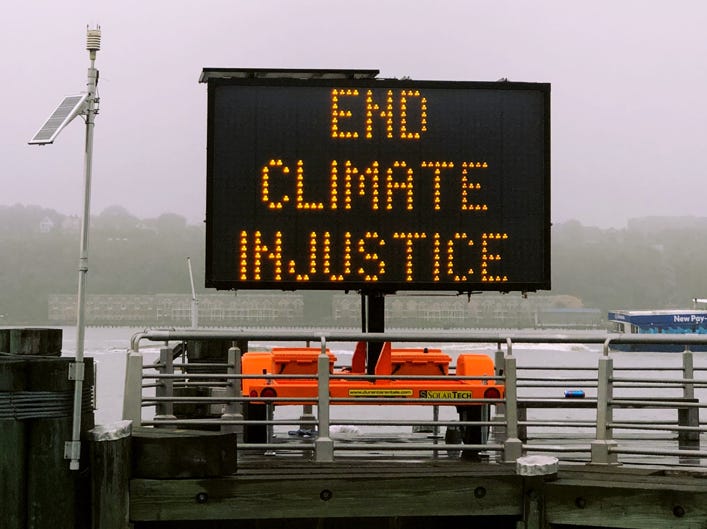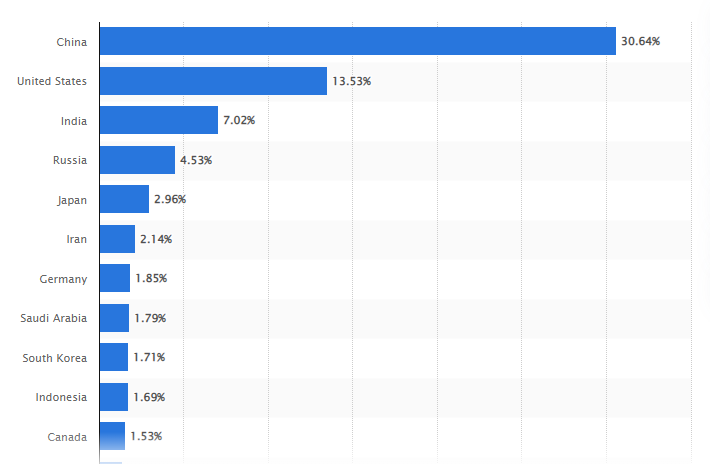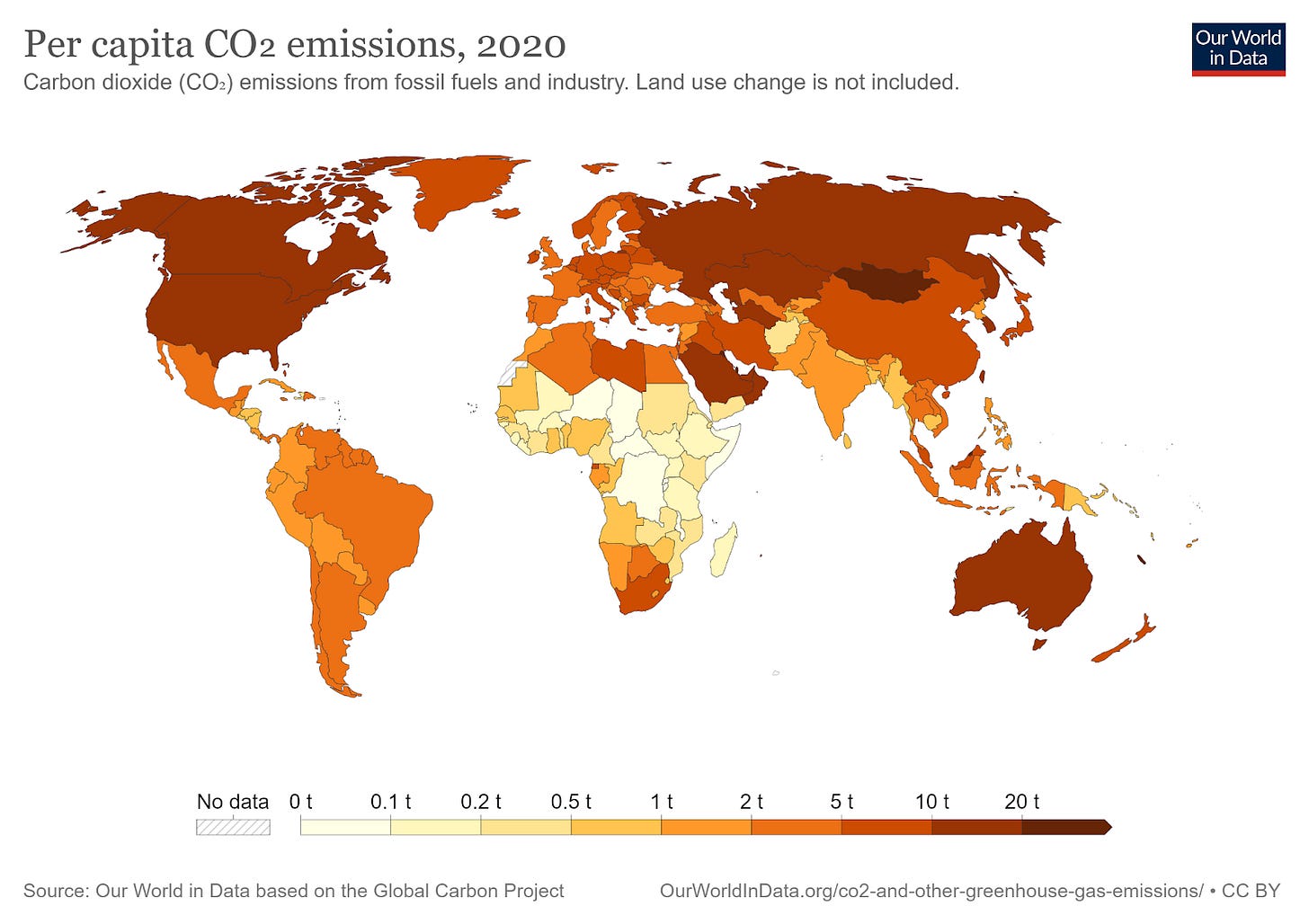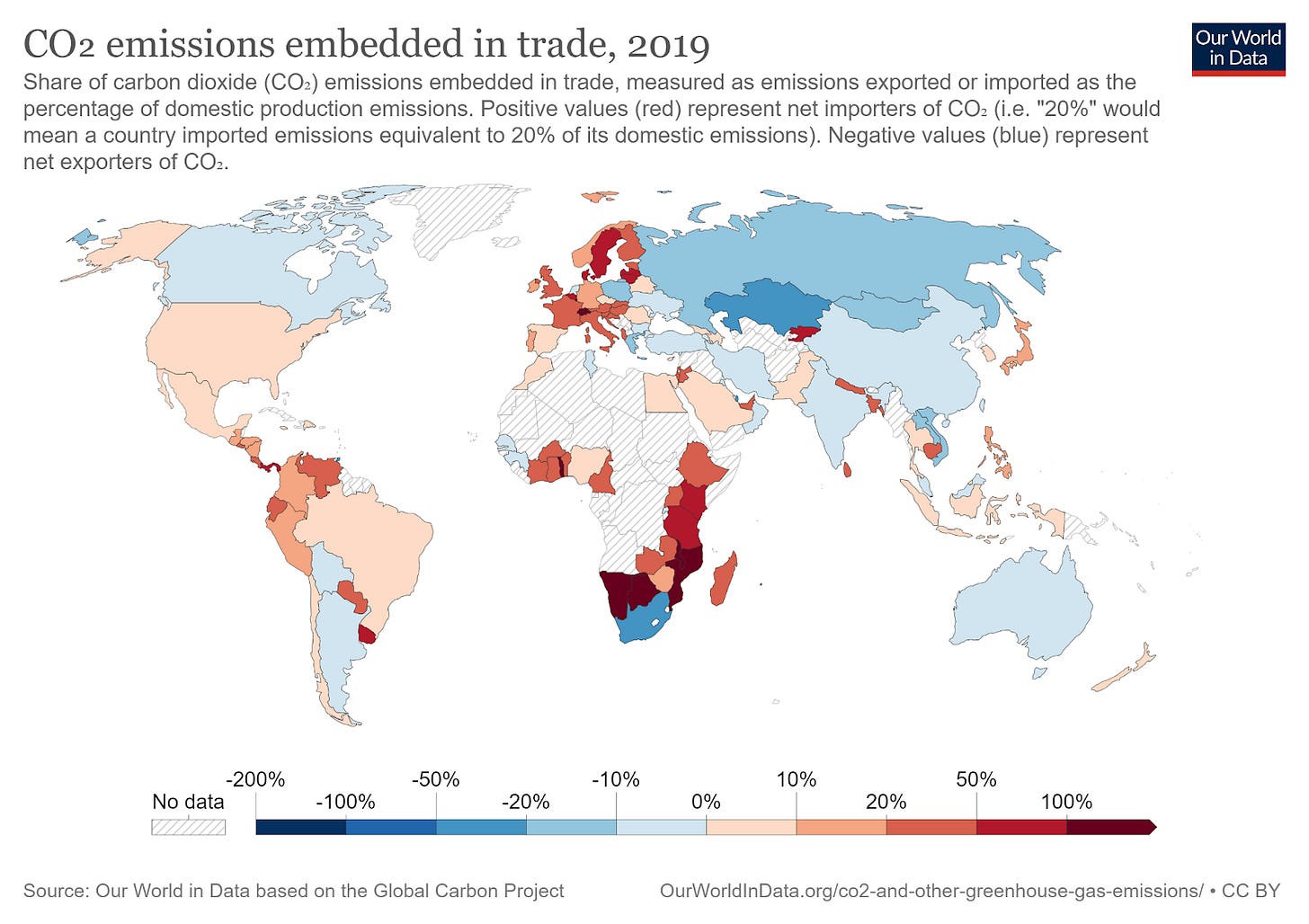Net Zero and Alaskan Snow Crabs
#1 Climate change blame game - Who is responsible?
We have all run sprints during our school days. So let's do a thought experiment. Imagine you're on the start line of a 100m race and realize few participants have a head start. What would you feel like? Unfair? Angry?
And that is the situation of India and most other developing economies worldwide enforced to balance economic development and climate change.
The developed countries had already gotten a head start since the development happened when there was no climate risk.
The countries that emit the most carbon dioxide, accounting for over 60% of total global carbon dioxide emissions, are listed below.
As you can see, India being in the third place, receives a good chunk of the blame for climate change and is also urged by developed countries to reduce its emissions.
However, this is just one perspective of the entire pie. We need to look at the entire data and go back in time to make an assessment and get a fair conclusion.
Going back in time
How about looking at the cumulative CO2 emission data (from 1750 to 2020), which tells a different story where the chart-toppers are the current preachers?
The USA is clearly the biggest CO2 polluter in history, with zero accountability and no ownership. It is also the same USA that withdrew from the 2015 Paris Climate Agreement.
Per Capita CO2
In a perfect world, every country's share of CO2 emissions would be equal to its share of the global population. Reality is different from this. Even when per capita CO2 is considered, India's name does not appear among the chart leaders.
And suppose you think that the USA isn't the largest emitter anymore, and China has surpassed them. Yes, they are trying to do their bit by trying to reduce their carbon footprint.
But think again, a large share of China's emissions result from producing goods for the United States and other rich countries.
Which makes you question the viability of looking at the CO2 data on a share basis across countries in the current free trade world. Overall, it is a tricky topic since the people responsible for climate change are not ready to be held accountable.
#2 Where did they all go?
They have disappeared, all of them. Did they head north to get the colder water? Or was it the disease that caused their decline?
Speculations have been going around regarding the disappearance of the famous Alaskan Snow Crabs. Although global warming is cited as the culprit, many other factors are at play.
October is the much-awaited month for fishermen in Alaska as it is the famous crab season. But a record-breaking fall of one million crabs has forced the cancellation of the snow crab fishing season in Alaska's Bering Sea.
Snow crabs are coldwater animals. Loss of ice, warm temperatures, and changes in the ocean’s chemistry may have pushed the crustaceans out. However, it doesn't seem that the crabs were killed by warm water alone.
An informative Twitter thread by journalist Spencer Roberts highlights how the sea ice melt in 2020 gave fishing boats the opportunity to wipe out crabs in previously inaccessible habitats.
Using satellite imagery and fishing data, he explained how fishing vessels spent hours hunting for exposed crab habitats. This overfishing may have caused the crab population to decline drastically.

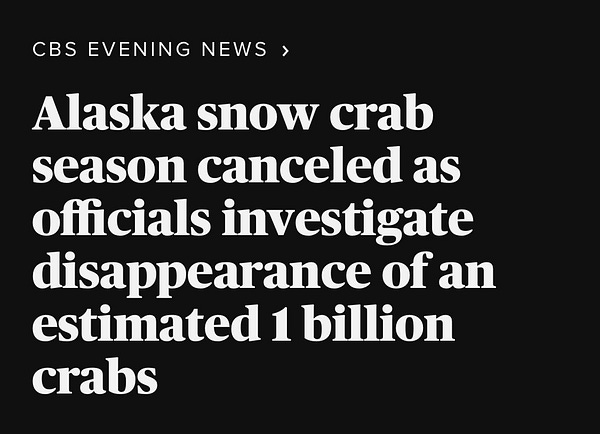
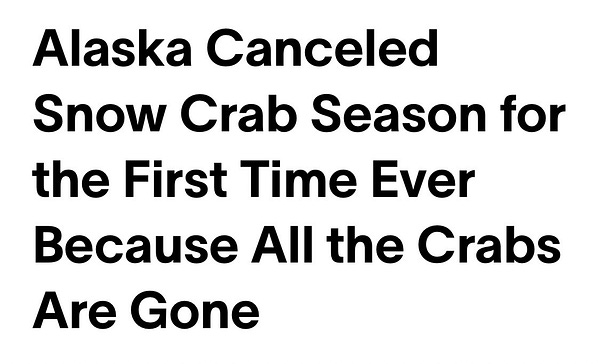
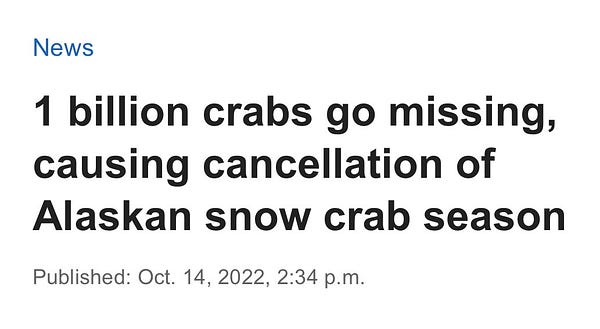
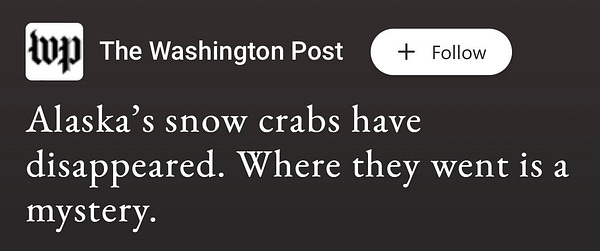
#3 Carbon Neutral or Net Zero?
Buzzwords like Net Zero, Carbon Neutral, Climate Positive, etc., are all over the place. For the majority of people, these words mean the same thing. But there is a slight difference.
Carbon Neutral means removing the same amount of carbon dioxide you emit into the atmosphere. How? Through carbon offsets.
A carbon offset is any activity that reduces or removes carbon dioxide or other greenhouse gas you emit by funding emission reduction projects elsewhere. Since greenhouse gas emissions are distributed throughout the atmosphere, it doesn't matter where they are reduced.
Carbon offset projects include reforestation, renewable energy, forestry projects, etc. (We'll go into more detail about it in our upcoming articles)
Net Zero means reducing all greenhouse gas emissions as much as possible and offsetting only the remaining emissions.
Still confused?
Simply put, the carbon neutrality concept focuses on reducing emissions using carbon offsets, whereas net zero focuses more on emission reduction by 90% before using carbon offsets.
Okay, that's all of this week. We'll be back with more interesting stuff!



